This is the third part of our series on Prognostic Rowing Times. If you’ve missed any of the previous posts you can take a look at them here. Part 1 is about What Prognostic Rowing Times are, and how to use them. Part 2 is about the History of Prognostic times and How to Calculate them. Today Ainhoa, our expert reposts about How to Use Prognostic times.
Prognostic rowing times: using percentages of GMS
When coaches use gold medal standard times, one of the most common ways of informing the crew about how fast they are going it to state their actual race time as a percentage of the gold medal standard.
We can compare absolute times within a certain boat class but how can we compare the pedigree of our different boat class crews? Which ones have more chance of getting a gold medal?
For example, if a men’s 8+ rows 2km in 5:53 we want to know what percentage this time represents of the fastest possible GMS time of 5:19. A time of 5:53 represents a boat velocity of 5.666 m/s whereas the GMS time of 5:19 represents a velocity of 6.269 m/s. Therefore, the GMS% achieved by the crew that rowed 2km in 5:53 is 90.37%.
Prognostics for different rowing boat types
GMS% can be useful for class comparison too.
We can’t gain useful knowledge when we compare absolute times between different boat classes but we can do it with GMS%. The crew having a higher percentage will have a higher probability of medaling.
Class comparison is also useful on an ongoing basis. In a weekly time trial crews can see how they are performing on a regular basis relative to other crews regardless of class. This can be particularly encouraging for developing crews who improve their GMS% each week compared to experienced crews who take longer to make big gains.
Crew selection using prognostics
In team selection processes it can be very useful as well. Every regatta represents a slightly different level of competition. Achieving a gold medal performance at a World Championships is definitely more difficult than winning a gold medal at a local club regatta.
But the GMS% can be used to assess the competitiveness of a crew at any competitive level of rowing – from novices through to aspiring national trials.
To set an appropriate GMS% that is a fair reflection of a gold medal performance for varying regattas, coaches and selection committee members must use their expertise and discretion. Often coaches and the selection committee will base it on the results of one or two crews that are in the time trial who have previously achieved a high level of success at the regatta.
You will never remove all subjectivity from team selection procedures. Yet, GMS% are an excellent way to promote fairness, transparency, and to minimize subjectivity.
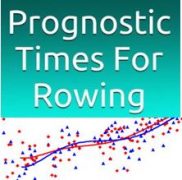

Prognostic rowing times: Misinterpreting percentages
It is easy to confuse the significance behind the on water time differential between crews when you are only considering the GMS%. For example, if one single sculler achieves a GMS% of 94.10% and another crew achieves a GMS% of 91.10% it might be tempting to conclude that they are relatively the same speed. After all, there is only a 3% difference in speed between scullers.
But what time differential does that 3% represent?
For a GMS of 6:33 for a heavy men’s single, a difference of 3% is equal to a 10 second lead! That is approximately 50 m or 6 boat lengths of open water! Therefore we can see that a 1% GMS is a significant amount of time.
How to use GMS% for training purposes
Not only we can use the percentages to compare our crews’ 2km time trials, but we can also use them for monitoring different training zones. From Aerobic Base (UT3 or UT2) to Anaerobic Threshold and also 500m pieces, each training zone corresponds to a specific GMS% margin.
However, there are different ways to approach training when using these percentages. New Zealand’s most successful coach, Dick Tonks takes the view that you should train at the right level for the World Title rather than your current capability. And you can see that this is very different from other coaches who set the training % based on each athlete’s personal maximum GMS rather than the World best times.
Next time I will write about How to use prognostics when you don’t have flat water and a measured course.
Missed part 1 or part 2? Take a look at Prognostic Times Part 1 and Part 2.
Read Part 4 where we share calculator tools for Prognostic Times for ergos, on water and by different age and boat class categories.
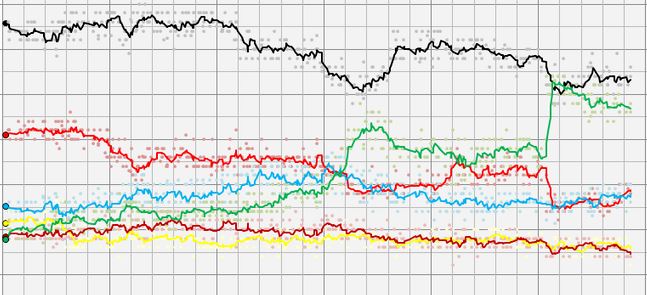
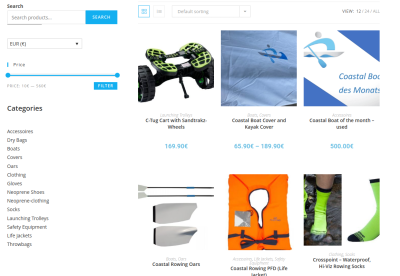

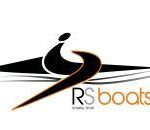


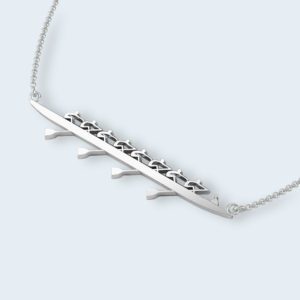

This Post Has One Comment
Maybe Dick Tonks says you should train at the right level for the World Title rather than your current capability because he trained the actual World Champions!